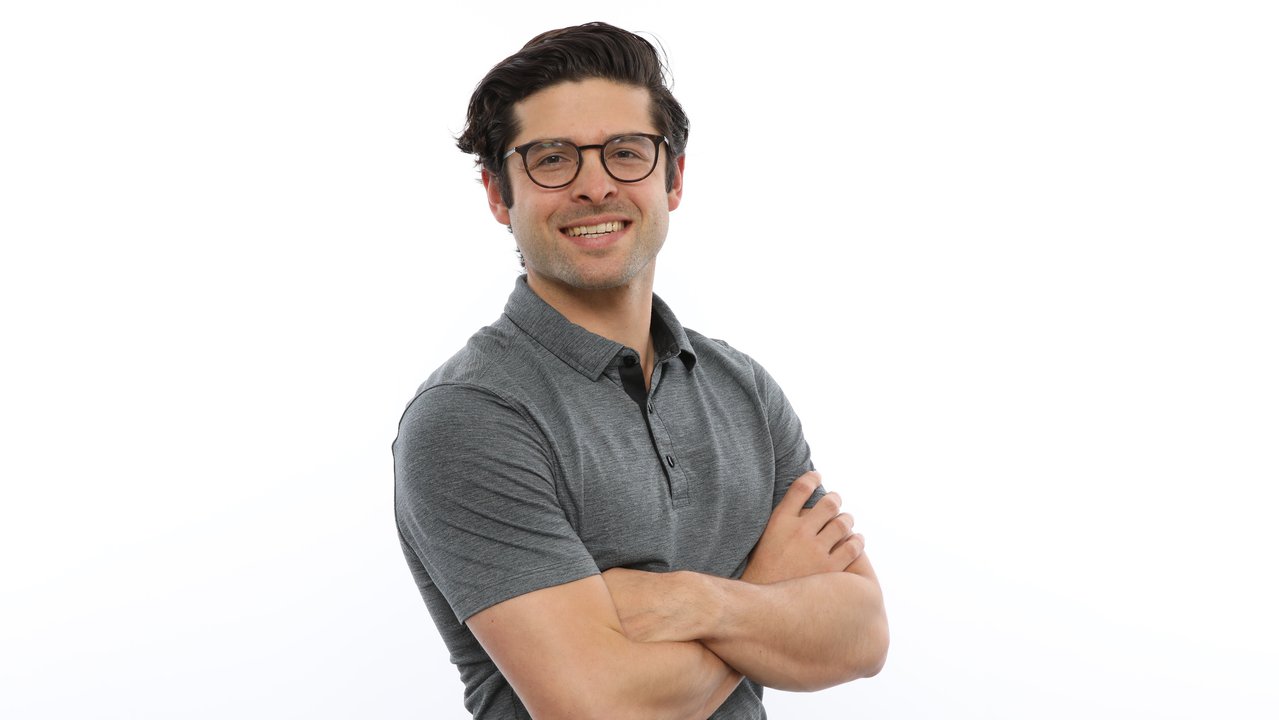I wrote a previous article in June asking NS if they were doing what they should to be physically prepared for Winter 20-21? Fortunately, despite COVID-19 closing gyms virtually in every state, the main goals of strength and conditioning for the month of June was developing your aerobic base and participating in calisthenic exercises that could exist outside of gyms. The strength and conditioning program progresses in July, in a timely manner as gyms are reopening in some states, and begins to require the use of exercise equipment commonly found in the gym. This month marks the transition from the general preparation phase and into the specific preparation phase part I. This transition means progressing your aerobic base and participating in strength development and strength endurance. Let’s take a closer look at what this will mean for those looking to improve their performance come November and December.
I mentioned in the aforementioned article that recent research into the energy demands of skiing has revealed not much has changed over the last forty years which is nice for us. We have an agreed understanding of how to train the cardiovascular system for skiers. Aerobic energy capacity accounts for nearly half (46%) of the total energy used for skiing. Aerobic intensity refers to exercising at an intensity level where the oxygen in the body is able to produce energy/oxygen to meet the physiological demands of the activity. This typically occurs when exercising at a continuous, steady state. This can be achieved in many different ways such as biking, hiking, swimming, walking, or the rowing machine.
Remember, I love to use the Borg Rating of Perceived Exertion (RPE) scale, which is a validated objective measure, to know what intensity keeps me in my aerobic state. Click on the previous article to view that table. In July, you should still be exercising at a level of 13 or lower to target your aerobic endurance. Instead of maintaining a continuous steady state, like you did in June, this month is the time to start incorporating intervals in fun ways. For example, run with a partner (in the states where it’s allowed) and pick a street sign, tree, or fork in the mountain trail and run to that destination keeping it below a 13 RPE score, and then recover by performing easy effort running. While building your aerobic base is great, let’s not forget about what strengthening looks like during this phase.
The strengthening has progressed from calisthenics in June to strength development and strength endurance. The parameters for the exercises shift as well. For strength development you should be working 3-4 sets and 8-10 repetitions and focusing on static, skiing specific exercises such as:
1.Back squats
2. Leg press
3. Dumbbell lunges
4. Leg curls
5. Military press
6. Lat pull down
7. And as always core strengthening
For strength endurance you should be working 1-2 sets and 15-20 repetitions focusing on dynamic skiing specific exercises such as:
1. lateral box jumps
2.hurdle jumps
3. one legged hops
4. squat jumps
5. snatch pulls.
Both styles of strengthening can occur simultaneously over the next 2-3 weeks and conclude at the end of the first week of August. Good luck in using this information to get you back on track to becoming ready for the next winter ski season. Let’s check back in August when I will break down the next phase of training you should be doing to improve your skiing performance.
Dr. Benjamin Pierce Costa, PT, DPT Lic. #42459
Telephysio PT, Owner
United States Ski Team Rotational Physical Therapist
References
Patterson C, Raschner C, Platzer HP. The 2.5 minute loaded repeated jump test: evaluating anaerobic capacity in alpine ski racers with loaded countermovement jumps. Journal of Strength and Conditioning Research. 28(9): 2014.
Abe et al. Relationship between perceived exertion and blood lactate concentrations during incremental running tests in young females. BMC Sports Science, Medicine, and Rehabilitation 2015, 7:5.
Burtscher M, Raschner C, Zallinger G, Schwameder H, and Muller E. Comparison of cardiorespiratory and metabolic
respones during conventional and carving skiing. In: Science and Skiing, vol II. Muller E, Schwameder H, Raschner C, Lindeinger S, and Kornexl E, eds. New York, NY: Meyer & Meyer Sport (UK) Ltd., 2000. pp. 552–565.
Roder Y, Vater H, Vater K, Riehle H, and Haag H. Physiolgoical aspects of alpine skiing with differently shaped skis. In: Science and Skiing, Vol III. Moller E, Bacharach D, Klika RJ, Lindeinger S, and Schwameder H, eds. New York, NY:
Meyer & Meyer Sport (UK) Ltd., 2005. pp. 166–171.
Saibene F, Cortili G, Gavazzi P, and Magistri P. Energy sources in alpine skiing (giant slalom). Eur J Appl Physiol Occup
Physiol 53: 312–316, 1985.
Veicsteinas A, Ferretti G, Margonato V, Rosa G, and Tagliabue D. Energy cost of and energy sources for alpine skiing in top athletes. J Appl Physiol 56: 1187–1190, 1984.


Comments